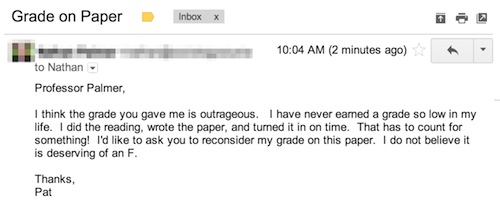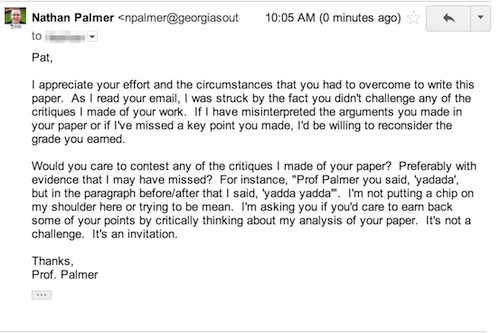The excellent teaching idea and resource below is from Tressie McMillan Cottom one of the brightest sociological minds on the Internet. If you’re not already following her on Twitter (@tressiemcphd) you should be, she’s prolific and always thought provoking. And if it isn’t already abundantly clear, I’m a huge fan of hers. This teaching activity was first published on her blog tressiemc.com and she graciously agreed to share it with us.
I mentioned before that I try to push my pedagogy beyond what worked for me as a student.
I am teaching “Class, Status, and Power” this Spring. It is a basic sociology stratification course. This term I will experiment with offering alternatives to The Paper. I am starting with a platform I am most comfortable with: blogging. I know it is not a huge stretch from the essay but I think it is different in important ways. First, it redefines audience for student-writers. Second, students can leverage talents/skills in visual storytelling in ways that they cannot with written essays. Third, in a nod to the reality of the neo-liberal environment I always try to draw explicit connections for students between sociology and applied, marketable skills.
However, you’ll notice that there is still a traditional, much-maligned “term paper” that all students must write. My current position is that diversifying the writing abilities of students is not the same as abolishing one form for another. Writing a clear argument without the benefit of media is still a valuable skill. I believe it engages different types of thinking and reasoning processes that are more valuable, not less, as digital writing ascends in popular culture. I may evolve on that. For now, my typical student at Emory intends to go to graduate or professional school. I do not think we need one more credentialed financial wizard or scientist that cannot tell a clear story using words on a piece of paper. But that is so judgey of me. I own that.
In this blogging assignment I benefited a great deal from work shared online by Brian Croxall, Mark Sample and Jade E. Davis. It seemed only fair that I pay that forward by sharing the current draft of the blogging assignment I have written for my class. I welcome any feedback, especially from you pedagogical superstars that have toyed around with these things for awhile.











